How to spot seasonal affective disorder symptoms—plus, the treatments that will help lift your mood
Are you suffering with seasonal affective disorder symptoms? Get the lowdown on beating winter depression
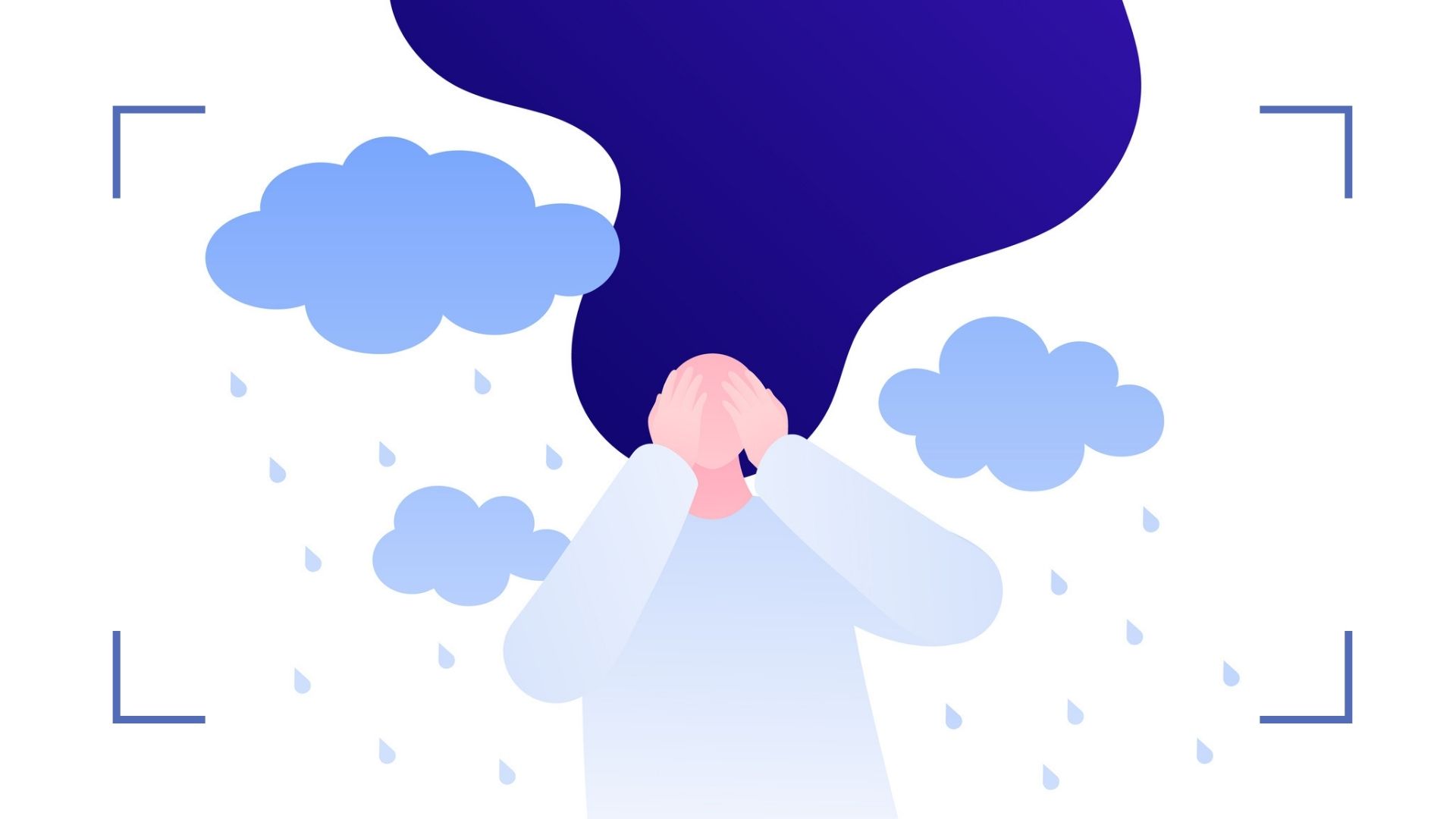
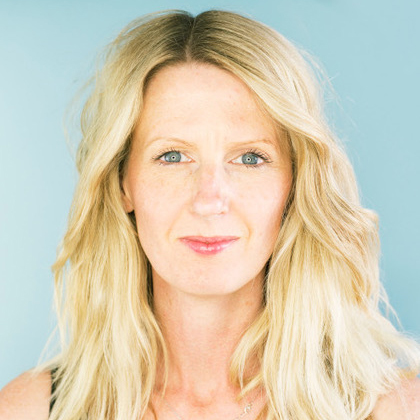
Seasonal affective disorder symptoms strike when the days get shorter and darker, and while it's normal to be affected by the changing seasons, this winter condition can feel like more than just a slump.
Seasonal affective disorder—or SAD as it's commonly known—is a type of depression that tends to start in the autumn and then becomes worse during December, January, and February, explains LloydsPharmacy pharmacist Pareena Patel. Sound familiar? It is estimated that one in three people in the UK, and 10 million Americans feel the impact of winter depression—so if a low mood is seriously impacting your life or you've noticed you feel down every year, it might be time to take action.
If you do recognize that you're suffering from SAD symptoms, there are effective treatments that can help you feel better. From pulling on a pair of the best walking shoes and getting a dose of the great outdoors to lifting your mood with light therapy, we share what remedies can reset the balance when seasonal sadness sets in.
What is SAD?
The precise trigger for SAD is unproven but research by Athabasca University in Canada suggests it’s closely associated with reduced exposure to daylight during shorter days. We know we feel happier when it’s warm and sunny, but why do brighter days have such an impact on our mood?
According to the mental health charity MIND, a biological process occurs when light hits the back of our eyes. Messages are passed to the part of the brain that controls sleep, appetite, sex drive, temperature, mood, and activist. So, a lack of daylight can play havoc with these functions—as well as disrupt our hormones. The theory is that reduced light might stop a part of the brain called the hypothalamus from working properly, which affects the following:
Melatonin production—this hormone makes us feel sleepy. In SAD sufferers, the body may produce it in higher than normal quantities, increasing lethargy.
Serotonin production—a key hormone affecting our mood, appetite, and sleep. A lack of sunlight may lower levels, which is linked to feelings of depression.
Sign up for the woman&home newsletter
Sign up to our free daily email for the latest royal and entertainment news, interesting opinion, expert advice on styling and beauty trends, and no-nonsense guides to the health and wellness questions you want answered.
Darker days can also knock our all-important circadian rhythm (body clock) off-kilter. This mechanism uses daylight to time various important parts of the day, for example when we wake up and when we go to sleep. Therefore, shorter sunlight hours may shift this internal clock and lead to troubling symptoms.
What are common seasonal affective disorder symptoms?
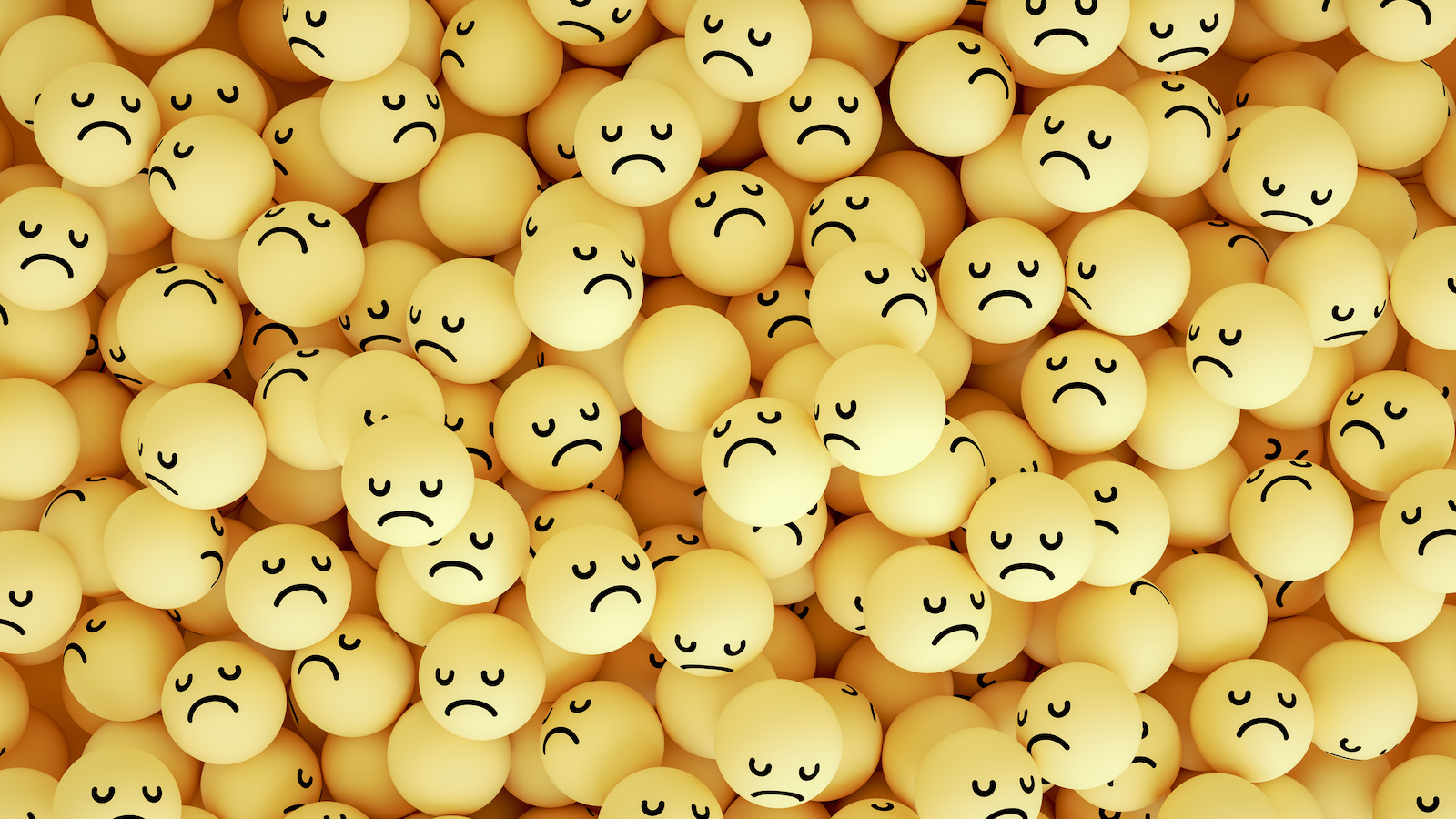
Seasonal affective disorder is considered to be a type of depression rather than a stand-alone condition—so signs of SAD include common symptoms of depression, explains Dr Juliet Anton, a psychologist and founder of the AskDoc self-help app.
However, she adds that "SAD is specifically caused by the cold season, where we experience reduced sunlight and engage in limited activities in order to get through the winter months," so there may be other symptoms that you experience only during this time.
As the days start getting noticeably shorter, you may find your mood becomes subdued, confirms Patel. But it’s more than just feeling a little bit low. "You might not have as much energy or start to have problems sleeping. Bouts of anxiety, panic attacks, stress, poor appetite, overeating, weight gain, frequent colds, and loss of sex drive are all seasonal affective disorder symptoms, too," she says.
Symptoms of depression include:
- Persistent low mood and lack of interest in daily activities
- Feelings of despair, guilt, and worthlessness
- Irritability
- Low self-confidence
- Feeling teary
- Difficulty concentrating
- Changes in appetite or weight
- Reduced or no sex drive
- Increased feelings of stress/anxiety
SAD sufferers may also experience:
- Feeling sluggish and tired for most of the day
- Less energy or desire to be active
- Oversleeping and difficulty waking in the morning
- An increased appetite for carbohydrate-heavy foods
- 'Hibernating' or social withdrawal
When to speak to your doctor about SAD?
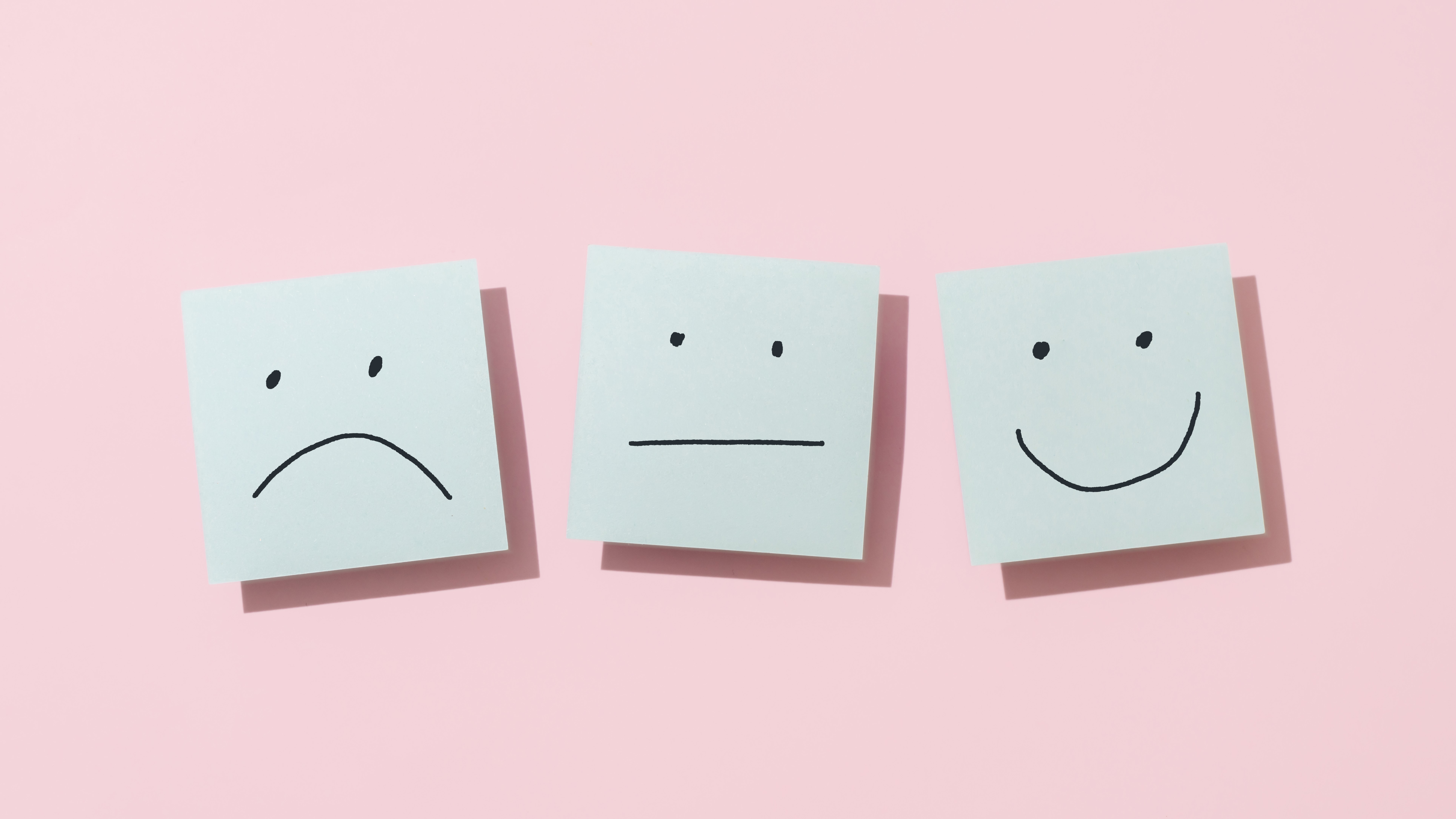
For a formal diagnosis, you’ll have to have seasonal affective disorder symptoms for two consecutive years. This means you’ll spend around 40% of the year feeling low, with a noticeable change when the weather improves again.
"If your symptoms have a pattern, then you may be experiencing SAD," says Healthspan psychologist Dr Arroll. But any low mood is worth discussing with your medical provider. They can help make sure it’s not related to anything else, such as tensions at home or work stress—and they can discuss suitable treatments with you.
Living with SAD—how to manage your symptoms
"People already suffering from mental illness are more susceptible to SAD, explains GP, Dr Jeff Foster. "But this may be due to the generalized more insular approach in winter—shorter days, less socializing, more time in the dark." All of which can be triggers for depression.
Dr Arroll explains that over half of those who experience SAD will have a close family member with depression, suggesting a genetic or environmental link. A study by the University of Glasgow also reported seasonal depression to be more prevalent in women. If you are experiencing symptoms there are things you can try to help you manage SAD. Seasonal affective disorder treatment may include a combination of lifestyle changes and/or medical intervention.
1. Try light therapy
Discovering how to be happy during the winter months can be as simple as getting outdoors as much as possible. If you can't, use a lightbox or seasonal affective disorder lamp to mimic natural daylight—a study by The American Psychiatric Association confirmed that light therapy is one of the best forms of treatment for SAD.
"It's been shown to be effective in up to 85% of diagnosed cases," says Dr Foster. You can buy a 10,000 lux lightbox (normal lights are up to 500 lux) and use it for 30-60 minutes a day to increase exposure to light.
2. Eat healthy foods

When sunshine is in short supply, avoid junk food, resist sugar cravings, and add healthy choices to your diet to give your mood a boost. "Citrus fruits can help us to feel refreshed while green vegetables give us an influx of iron and energy so are perfect for when you feel lethargic," says Dr Anton. "Also, don’t forget the essential vitamin D that we would otherwise get from sunlight—make sure to include it in your diet with food and supplements during winter months."
"The winter also leaves many of us craving starchy carbohydrates and while these are a vital part of any diet, it’s important to strike a balance," says sleep expert Dr Nerina Ramlakhan. "If you need a snack, fill up on foods like walnuts, bananas, and tomatoes as they all help your body to produce serotonin." Diet also plays a significant role in the quality of sleep we have. "It’s best to avoid having a heavy meal before bed. If you often wake up in the night feeling hungry, then try having a little snack before bedtime," says Dr Ramlakhan.
3. Get regular exercise
An incredibly effective way to lift a low mood during the winter is to raise your heart rate and get your blood pumping. Exercise will encourage the production of feel-good hormones such as dopamine and endorphins to leave you feeling more positive as you tackle the remainder of your day.
Move your body daily—you could go running or do a workout at the gym. "f cardio isn’t your thing, try relaxing yoga for beginners classes or pick up some weights to ease yourself in. Walking whenever possible will also expose you to necessary daylight—even a lunchtime stroll will be beneficial.
4. Reduce stress
"Taking on too much will make you feel stressed and run down, so don’t overstretch yourself," says Mark Pinches, head of coaching at Westfield Health. "To help order your thoughts and stay productive, break down large tasks into smaller ones and prioritize their importance."
Laughter is also one of the best remedies for low mood, anxiety, and overwhelm as it triggers healthy changes in our bodies. "It boosts our energy, decreases stress and improves immunity,’ says Dr Marilyn Glenville. "It also triggers the release of endorphins, which make us feel happier and relaxed."
5. Have good sleep hygiene
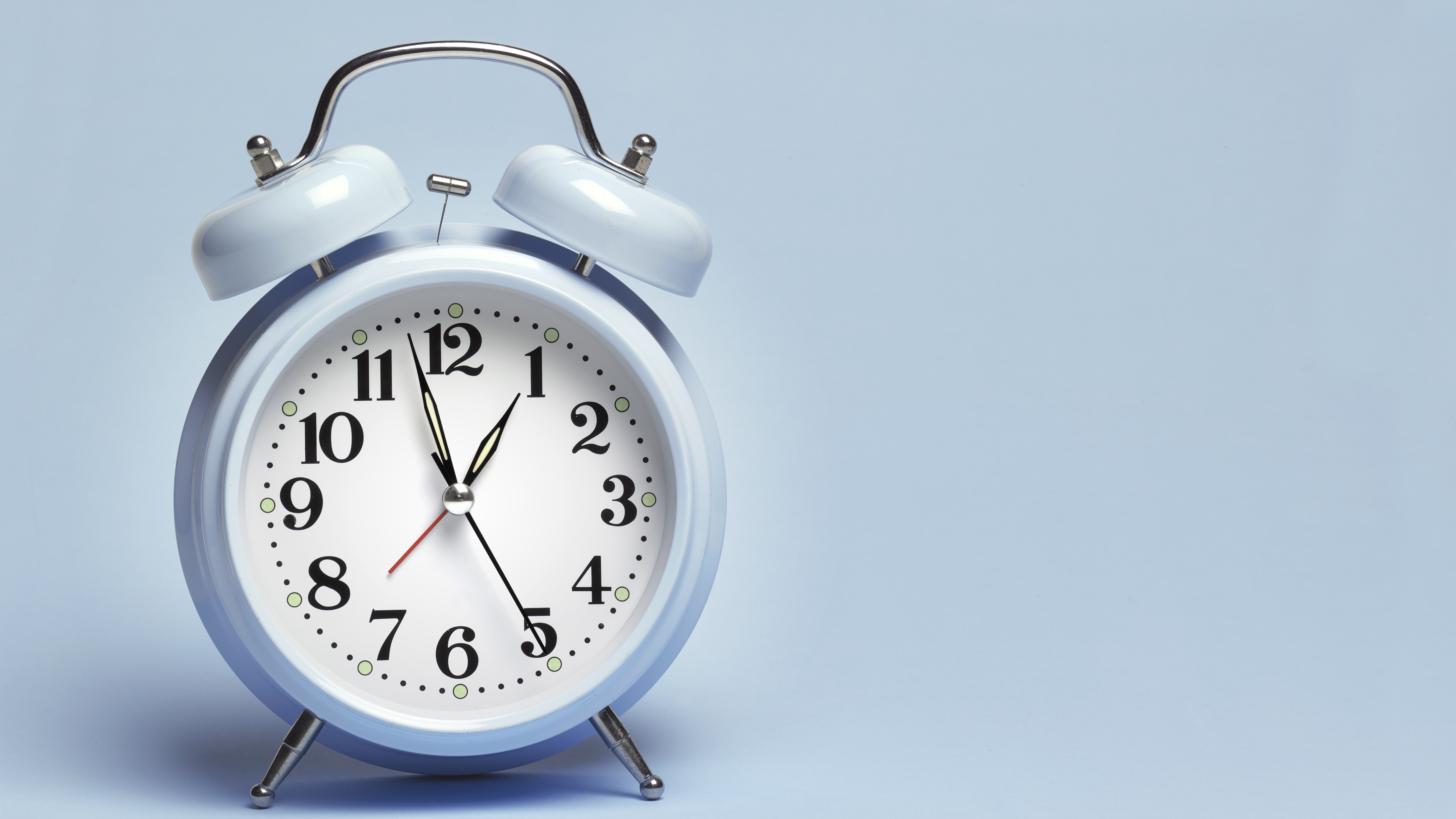
Mastering how to sleep better can help to reduce SAD symptoms. "If you’re burning the candle at both ends, you’re bound to be tired," says Pinches. "Getting a good night’s rest is the only way you can properly recharge your batteries." Equally, it's important to have good sleep hygiene and stick to a bedtime routine to keep your internal body clock in sync, says Dr Ramlakhan. Go to bed and wake at the same time every day during the winter months—this means not hitting the snooze on your alarm.
Exposure to natural light first thing also works to reset the body clock and helps to get rid of that sleepy feeling when waking. Open the curtains or blinds to let morning light flood in and try to have a quick walk before the day begins.
6. Take a digital detox
"Information overload and constant connection can negatively impact your mood," says Dr Ramlakhan.
"While it might be tempting to cuddle up with your iPad this winter, make sure you allow your brain to switch off in the evenings. Avoid social media accounts and emails for 90 minutes before bed. Instead, read a book, listen to relaxing music and have a bath using relaxing essential oils."
7. Get help from your medical provider

Forms of therapy—in particular talking therapies, have been shown to improve symptoms. "There is some evidence for psychological therapies, such as psychotherapy, cognitive-behavioral therapy (CBT), and counseling," explains Dr Foster. These can help you cope with the symptoms, and they can also help you recognize and deal with other factors that may affect you. Your medical provider should be able to point you in the right direction.
You may also be offered antidepressants if you're still struggling after trying other forms of treatment. These work by increasing the activity of particular brain chemicals, such as noradrenaline and serotonin, which are involved with managing moods, according to MIND. They won’t cure the condition but can help with symptoms. They are generally not recommended for mild or moderate cases of SAD.
woman&home thanks LloydsPharmacy pharmacist Pareena Patel, psychologist and AskDoc founder Dr Juliet Anton, psychologist Dr Arroll, working with Healthspan, GP, Dr Jeff Foster, sleep expert Dr Nerina Ramlakhan, women's health expert Dr Marilyn Glenville, and Mark Pinches of Westfield Health, for their time and expertise.
Senior Health Writer Ali Horsfall has almost 15 years experience as a journalist and has written for national print titles and women’s lifestyle brands including woman&home, Woman, Woman's Own, BBC magazines, Mothercare, Grazia and The Independent. She currently specialises in health and fitness content and loves sharing the best expert advice on staying well.
-
 Scarlett Johansson's fisherman sandals are the only shoes that matter this spring
Scarlett Johansson's fisherman sandals are the only shoes that matter this springShe wore socks and sandals in the chicest way possible
By Caroline Parr Published
-
 Yes, a trench coat really is a spring essential - Olivia Colman’s longline one completes a jeans and white top outfit in style
Yes, a trench coat really is a spring essential - Olivia Colman’s longline one completes a jeans and white top outfit in styleRegardless of how you style a trench coat, we’re convinced that they’re something everyone should have in their wardrobe for spring.
By Emma Shacklock Published